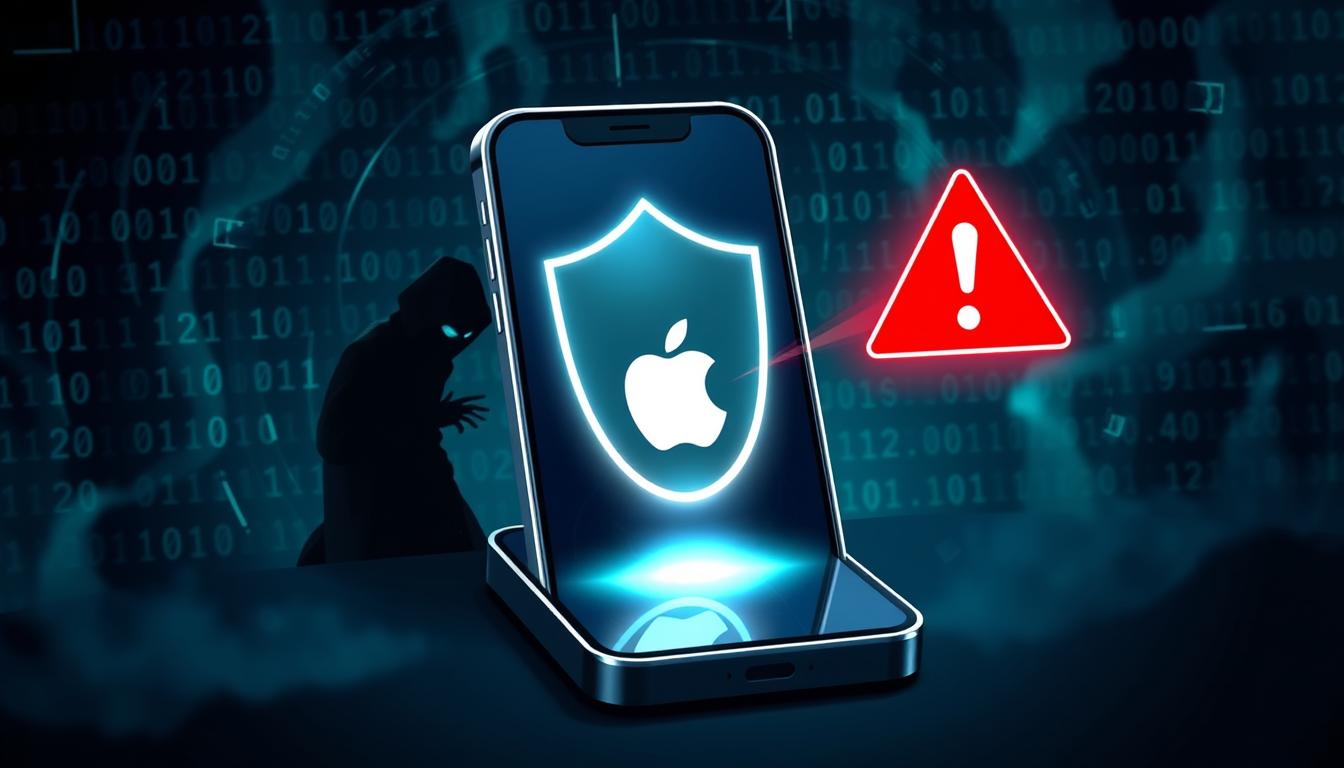iPhone 17 Air Leaks: What the Compromises Reveal About Apple’s New Strategy
November 27, 2024 | by brent.m.kessler@gmail.com

The new iPhone 17 Air is set to launch in September 2025. It’s expected to be the thinnest iPhone yet, with a thickness of 5mm to 6mm. This shows a big change in Apple’s plans, like removing the physical SIM card tray for an eSIM-only model.
This move hints at Apple’s plan to make devices simpler. It could mean big changes in future Apple products and designs.
Key Takeaways
- The iPhone 17 Air is rumored to be the thinnest iPhone ever, with a thickness of just 5mm to 6mm.
- Potential compromises include the removal of the physical SIM card tray for an eSIM-only model.
- Rumors suggest a smaller display than the current 6.7-inch iPhone 16 Plus screen.
- Predicted sacrifices include a reduction in battery life from 36 hours to 24 hours.
- Design changes may include the elimination of wireless and MagSafe charging in favor of a metal back.
- Speculations indicate that the iPhone 17 Air may feature a single 48MP rear camera and a new A19 chip.
- Apple may be shifting from Qualcomm to its in-house 5G modem in 2025.
Introduction to iPhone 17 Air Features and Design
The iPhone 17 Air is coming, and it’s going to be very thin. It will be the thinnest iPhone ever. This new design will make it easier to carry and look better than the iPhone 15.
This new phone will replace the Plus model in fall 2025. It will have cool features and a design inspired by the M4 iPad Pro. The M4 iPad Pro is Apple’s thinnest product at just 5.1mm for the 13-inch model.
The iPhone 17 Air will be much thinner than before. Here’s how it compares to other iPhones:
| Product | Thickness |
|---|---|
| M4 iPad Pro (13-inch) | 5.1mm |
| iPhone 17 Air (Projected) | 5.1 – 6mm |
| iPhone 15 | 7.8mm |
| iPhone 15 Pro | 8.25mm |
Apple is getting ready to show off four new iPhones. The iPhone 17 Air will be the thinnest. It will have a 120Hz ProMotion display for smoother performance.
The display will also be more scratch-resistant. It will keep looking new for a long time. The A19 chipset will make it faster and use less power, helping it last longer.
The iPhone 17 Air is set to be unveiled in September 2025. It shows Apple’s dedication to making phones thinner and better.
Reported iPhone 17 Air compromises tell us a lot about Apple’s thinking
The iPhone 17 Air’s design shows Apple’s strategy to innovate by making choices. It will not have a physical SIM card tray. Instead, it will use eSIMs only. This change makes the phone thinner and more digital.
Prototypes show the iPhone 17 Air could be just 5mm to 6mm thick. This is much thinner than the iPhone 16. It looks sleek but has challenges like battery and heat management.
There’s also a change in audio design. The iPhone 17 Air might have only one speaker. It will also have a big camera bump. These changes show Apple’s focus on making the phone smaller.
The use of eSIMs and no physical SIM card tray follow market trends. Wireless tech is getting better, making physical SIMs less needed. Apple is always looking to the future with its designs.

Here’s a comparison chart showing the iPhone 17 Air’s changes and what they might mean:
| Features | iPhone 16 Pro | iPhone 17 Air (Proposed) |
|---|---|---|
| Frame Material | Titanium | Aluminum |
| Camera Bump | Compact and Dual | Larger, Single |
| Thickness | 7.8mm | 5-6mm |
| SIM Card | Physical + eSIM | eSIM Only |
| Speaker Design | Dual Speaker | Single Speaker |
The Challenges in Battery and Thermal Management
Apple is facing big challenges with the iPhone 17 Air. They need to make the battery smaller and manage heat. The phone might be as thin as 6mm, making it the thinnest iPhone yet.
Apple’s engineers are working hard to solve these problems. They are using new thermal materials and techniques. This is to keep the phone cool and working well.
It’s also hard to make the battery smaller but still powerful. The team must find a way to fit a big battery in a small space. This is key to keeping the phone running smoothly.
Apple is trying to balance battery size and heat management. They want to make a phone that looks good and works great. Apple is using smart materials and engineering to make this happen.
| Feature | Requirement | Challenge |
|---|---|---|
| Battery Size Reduction | Maintain Long Battery Life | Limited Space in Ultra-Thin Design |
| Thermal Management | Optimal Heat Dissipation | Prevent Overheating in Slim Frame |
| Overall Efficiency | High Performance | Ensuring Efficiency with Size Constraints |
Camera Design Sacrifices
The iPhone 17 Air has a Single Rear Camera. This is different from other iPhones, like the dual-camera iPhone 17 and the three cameras on the Pro models. The iPhone 17 Air has a big camera bump in the middle.

Apple chose a Single Rear Camera to make the phone thinner. Before, iPhones had more cameras for better photos. But now, the iPhone 17 Air looks sleeker.
However, this choice might not please everyone. Some might worry if the Single Rear Camera is as good as the old cameras. This could affect how people feel about the phone, especially if they want the best camera.
The big camera bump shows Apple’s new design ideas. They want to make phones look cool, even if it means less camera power. People are waiting to see how they’ll like this new design.
Advances in Connectivity: Apple’s 5G Modem
The iPhone 17 Air news is buzzing about Apple’s new 5G modem. This modem is a big step forward in connectivity. It shows Apple’s hard work in making its devices better.
The modem is small and uses less power. This fits with Apple’s goal of making devices work better and feel good to use.
The Apple 5G modem doesn’t have mmWave 5G support. This might make data speeds slower than before. But Apple is focusing on other ways to make devices better.
For example, the iPhone 16 Pro and Pro Max got faster download speeds. They were 23.7% faster than the iPhone 15. This shows Apple’s work can still make devices fast, even without mmWave.
Looking at the bigger picture, Verizon and AT&T have also improved 5G speeds. They got 26.4% and 25.7% faster, respectively. These changes help Apple’s technology work better too.
Apple keeps pushing the limits of what devices can do. The iPhone 17 Air is expected to keep up with the latest tech. It will likely make Apple’s devices even more connected and useful.
FAQ
What are the primary compromises made in the iPhone 17 Air’s design?
How thin is the upcoming iPhone 17 Air compared to previous models?
What impact will the eSIM-only feature have on users?
What challenges does the iPhone 17 Air face in terms of battery and thermal management?
How has the camera design changed in the iPhone 17 Air?
What can we expect from Apple’s new 5G modem in the iPhone 17 Air?
RELATED POSTS
View all

